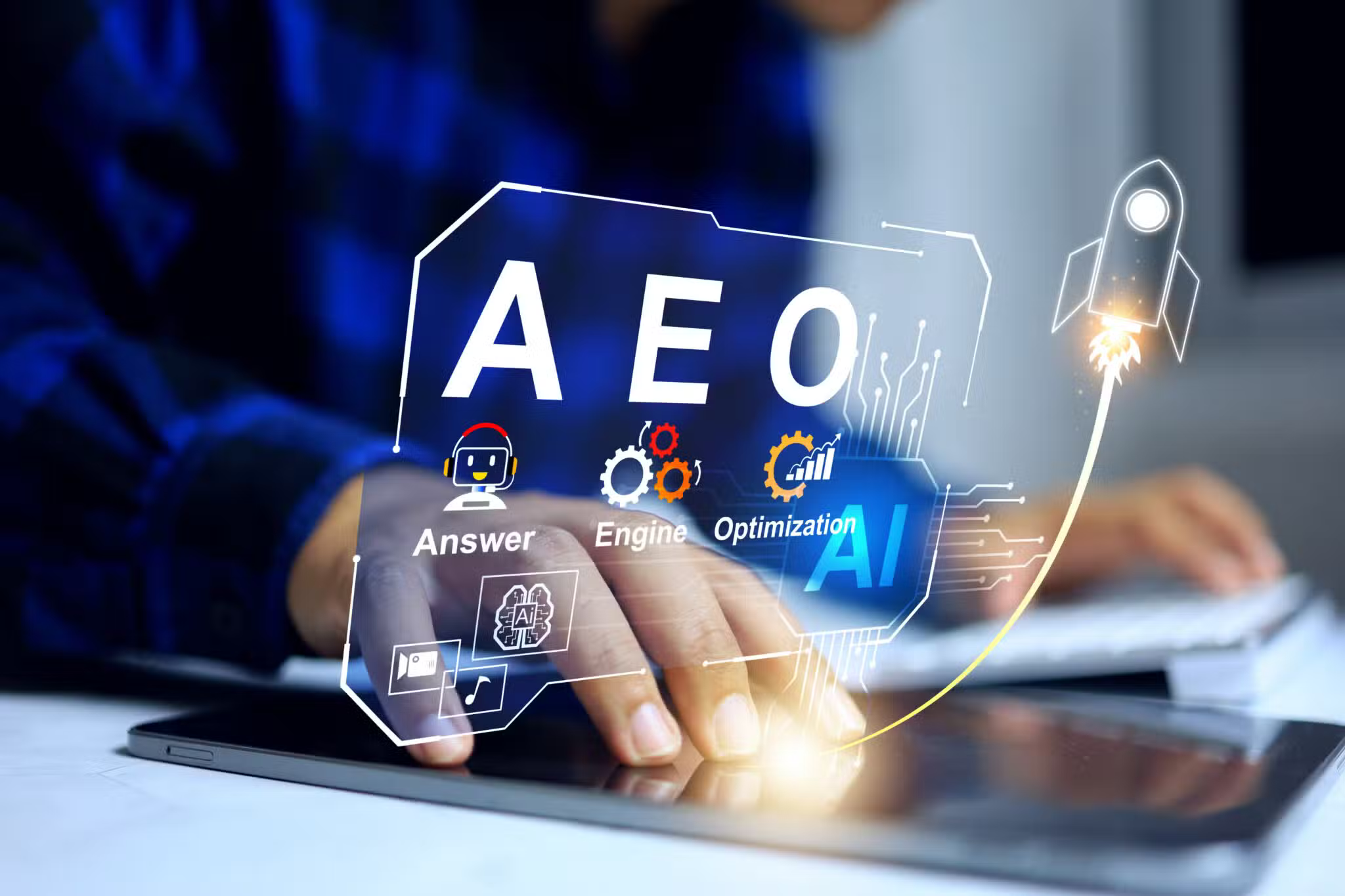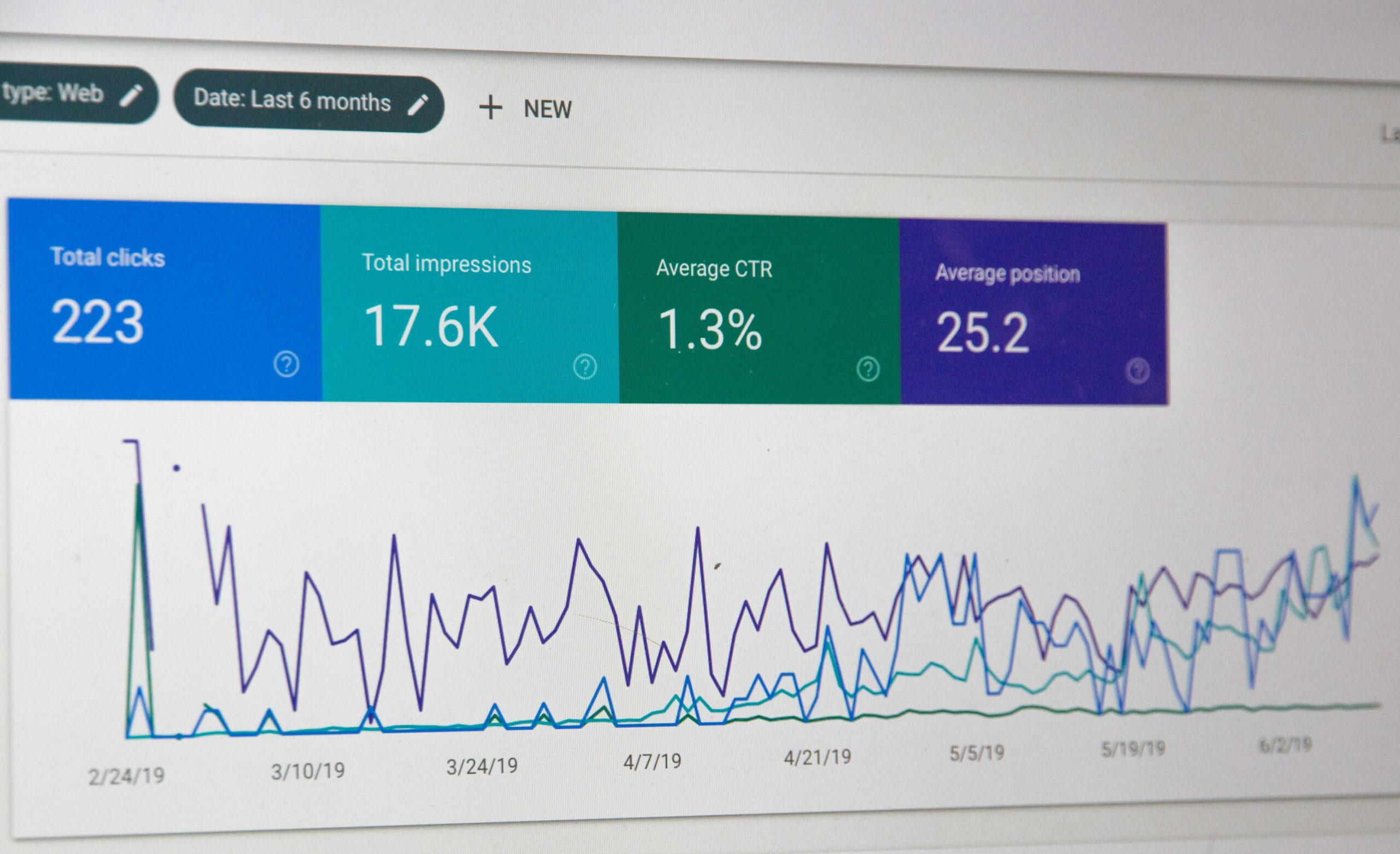Most companies still operate like the biggest risk to their visibility is dropping a few spots on Google. But the real threat is much bigger. Your buyers are shifting from “searching” to “asking,” and the companies that continue writing content for search engines instead of answer engines are about to watch their inbound pipeline weaken fast.
Traditional SEO was built for a world where users typed keywords into a bar, skimmed a list of links, and clicked around to find what they needed. That world is fading. Buyers now expect direct answers. They expect speed, clarity, and context. They trust systems that synthesize rather than systems that display.
This is the shift from SEO to AEO, and it will redefine how SaaS companies, MSPs, and tech firms get discovered.

Search Behavior Has Changed and SEO Alone Cannot Keep Up
You can see it in your own habits. You no longer type “best MSP tools 2025.” You ask “What are the best MSP tools for a hybrid environment this year?” You don’t search “AI adoption challenges.” You ask “Why do AI projects fail and how do we avoid it?”
The difference matters. Traditional SEO optimizes for keywords. AEO optimizes for intent. Keyword-based ranking used to drive discovery because users browsed. Today, users expect answers delivered instantly without sorting through ten tabs of content.
That means your main competitor isn’t the company across town. It’s the AI engine deciding which insights to surface first.
Why Answer Engines Are Taking Over Discovery
Answer engines operate differently than search engines. Instead of offering a list of sources, they interpret large volumes of information and provide a single authoritative answer. Your content becomes fuel for these answers, not an item on a results page.
This is a seismic shift. You’re no longer trying to rank first. You’re trying to become the most trusted source the engine pulls from. If the system can’t extract your thinking clearly, you simply won’t show up.
AEO is about becoming part of the answer itself. And the businesses that learn how to structure content for these systems will win far more attention than those still fighting for page-one placement.
Intent is the New Competitive Advantage
High buying intent no longer shows up in short keywords. It shows up in long, detailed, conversational questions. Buyers are asking for frameworks, comparisons, recommendations, and explanations. They want clarity they can apply immediately.
This means your content must shift from marketing language to practical expertise. Your buyers want clear definitions, technical nuance, and straightforward explanations that de-risk their decisions. When your content answers the real questions they have, answer engines recognize that usefulness and elevate it.
AEO rewards depth, not volume. It rewards precision, not polish. And it rewards expertise, not buzzwords.
Your Content Must Be Structured for Answers, Not Pages
Most websites today are still built like digital brochures. Long intros, vague statements, and padded paragraphs. Answer engines have no patience for that. They need clean, structured insights that can be lifted without confusion.
To compete, your content has to evolve.
Here’s how companies are adapting:
-
-
- Leading with clear answers, not long stories
- Creating sections that resolve one question at a time
- Writing in a way that is easy for both humans and machines to interpret
- Simplifying complex concepts without watering them down
- Turning expertise into highly scannable insight blocks
-
Think of your website as a repository of expertise, not pages of marketing copy. If a system can’t extract an answer quickly, it will bypass you entirely.

Why SaaS, MSP, and Tech Firms Will Benefit Most from AEO
The best part of this transition is that technical companies are positioned to win big. SaaS companies, MSPs, and IT firms already possess deep knowledge buyers are searching for. Your teams know the questions your customers ask because you solve them every day. AEO gives you the chance to bring that expertise to the surface and make it discoverable at scale.
The firms that document their frameworks, explain their processes, and answer high intent questions clearly will dominate answer engines. The ones that cling to traditional SEO tactics will slowly lose visibility to competitors who are more prepared for this new environment.
SEO Still Matters but AEO is Becoming Essential
This isn’t an either-or situation. SEO still plays a role. Pages still need structure. Metadata still influences visibility. Backlinks still carry weight. But SEO is no longer the full strategy. It’s the baseline. AEO is the multiplier.
The real game is no longer about ranking. It’s about relevance. The companies that shift from fighting for traffic to providing clear, authoritative answers will become the voices answer engines rely on.
And once the engines begin to trust your content, they surface you everywhere. Not just search results. Not just your website. Everywhere users ask questions.
The Time to Rebuild Your Search Strategy Is Now
Your content strategy needs to evolve before your discovery pipeline does. If your buyers are already changing their behavior, your marketing must adapt with them. The companies leaning into AEO are doing three things right now.
-
-
- They are modernizing their content into structured insights.
- They are creating clarity around complex topics buyers struggle with.
- They are optimizing not for clicks but for becoming the best available answer.
-
This shift isn’t theoretical. It is happening now across every major buying journey in B2B. And the companies that rethink how they get found will widen the gap between themselves and everyone else.
Ready to Build an Answer Engine Strategy That Actually Gets You Found?
At Scott Growth Strategies, we help growth-minded SaaS firms, MSPs, and tech companies replace outdated SEO tactics with modern, answer-driven systems that increase visibility and attract high-intent buyers. If you’re serious about showing up where your audience is actually searching in 2025, let’s talk.
